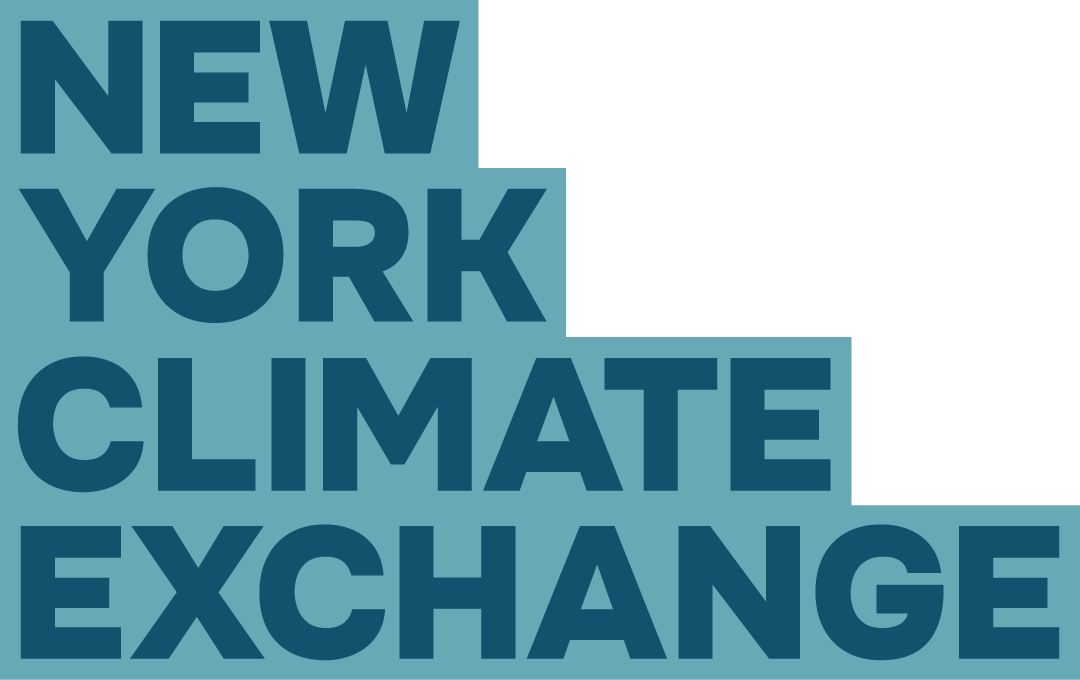Climate Communications as a tool for change
What first drew me to a career in ocean conservation was the power of storytelling. During a semester abroad in Aotearoa, New Zealand, I stayed with a Fijian family in the Yasawa Archipelago and listened to stories about a devastating cyclone that had destroyed Waya Lailai Island’s churches, homes, and school.
I was deeply moved by the accounts of how this small island community adapted in the face of growing climate uncertainty. The community’s narrative of strength and resilience grounded my emerging interest in marine policy and climate justice not in abstract theory, but in real, lived experience. I came to understand that storytelling is not merely an accessory to climate science or advocacy—it’s a catalyst for inspiring changemakers and a force for collective action.
Once it became clear that marine conservation was where I envisioned my future, I spent the summer before my senior year of college working with the Forever Reef Coral Biobank project on the Great Barrier Reef. While conducting scientific diving surveys and cataloging coral health data, I felt a growing urgency to share the story of what I was witnessing. I partnered with Divers for Climate, an international scuba diving coalition committed to amplifying the voices of those experiencing the devastating impacts of coral bleaching first hand. As their marine science communicator, I honed my storytelling and underwater photography skills to vividly capture these experiences. I worked to lyrically portray sensory experiences like encountering the eerie silence of a bleached reef or watching a hungry sea turtle foraging through a pile of plastic—crafting emotionally resonant imagery intended to inspire awareness of mass coral bleaching events and spark meaningful action.
As an ocean conservation advocate who works at the intersection of social science, storytelling, and policy, I’ve come to view impactful communication as a strategic skill—one that helps break down silos, build bridges, and reach diverse stakeholders with messages that drive tangible action.
Jessie Bard (left) on Governors Island.
This summer, working as an Oceans Fellow at The Exchange, I’ve seen how vital communication is in closing the ocean protection financing gap, where complex science and abstract data must be transformed into urgent, human-centered stories that broad audiences can understand and act on to accelerate critical climate work.
In late July, I participated in The Exchange's Climate Communications Workshop led by Alan Alda Center for Communicating Science at Stony Brook University. Over 20 researchers, practitioners, and community leaders from across The Exchange’s partner network gathered to build storytelling skills and reflect on the critical role communication plays in advancing climate solutions across disciplines.
Some of the workshop attendees were preparing for their participation in The Exchange’s new Climate Story Project, which will officially launch during Climate Week NYC 2025. This ongoing initiative is designed to elevate, record, and share diverse narratives of climate change within a growing digital archive of voices, live events, and workshops aimed at inspiring collective climate action.
One key takeaway from my experience participating in the workshop was that effective science communication is invaluable to progressing your mission, regardless of your role within an organization. Whether you're a tenured researcher, policy expert, community advocate, or recent college graduate like me, communication is one of the most powerful tools we have to build alliances and fight against the climate crisis.
Emotionally resonant storytelling—rooted in care and connection—is essential to advancing ocean and climate literacy. It forms the foundation of impactful climate communication that centers the voices of those on the frontlines and holds the power to shift cultural attitudes, influence policy, and drive meaningful change.

